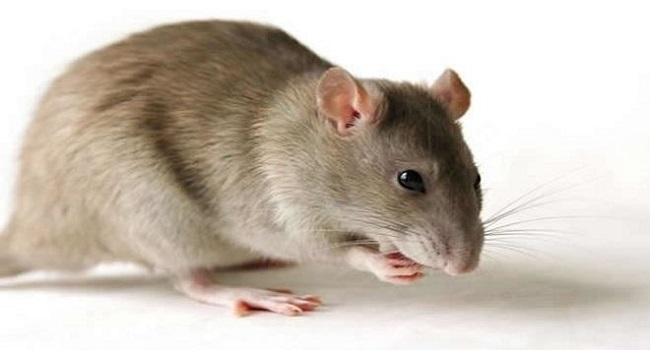Metro
Everything you need to know about Lassa Fever

Lassa fever, also known as Lassa hemorrhagic fever (LHF), is a type of viral hemorrhagic fever caused by Lassa virus, a member of the arenavirus family of viruses.
The virus originated in the 1950s, and the viral particle was identified in 1969 from three missionary nurses who died in Lassa, Nigeria, after caring for an infected obstetrical patient.
Apart from Nigeria, It is known to be endemic in other parts of West Africa which include Sierra Leone, Liberia, Benin, Ghana, Guinea, Mali, Sierra Leone and Togo.
However, humans usually become infected with Lassa virus through exposure to food or household items contaminated with urine or feces of infected Mastomys rats, and of course it’s very common in West Africa.
Person-to-person infections and laboratory transmission can also occur, particularly in health care settings in the absence of adequate infection prevention and control measures.
Read also: LASSA FEVER: Nigerian govt reveals plans, as disease kills 29, infects 195 others
At the early stage of the virus, the infected person might have some symptoms that include fever, tiredness, weakness, and headache, but when the case gets more severe, the symptoms includes bleeding gums, breathing problems, vomiting, chest pain, or dangerously low blood pressure may occur, and while at complicated stage, the infected person may become deaf and even a pregnant woman may have miscarriage.
In this year alone, cases of lassa fever have become so rampant in Nigeria of which it has been reported according to the Director General of Nigeria Centre For Disease Control, Dr.Chikwe Ihekweazu that about 195 confirmed cases of Lassa fever and 29 deaths have been reported in 11 states as at 24th of January 2020 and of which 89% are from Ondo, Edo and Ebonyi States.
He stressed that the increase in the number of cases at this time of year was not unusual due to ecological factors.
However, the Prevention of Lassa fever relies on community engagement and promoting hygienic conditions to discourage rodents from entering homes. In healthcare settings, staff should consistently implement standard infection prevention and control measures when caring for patients to prevent nosocomial infections.
By Aminah Bukola…
Join the conversation
Support Ripples Nigeria, hold up solutions journalism
Balanced, fearless journalism driven by data comes at huge financial costs.
As a media platform, we hold leadership accountable and will not trade the right to press freedom and free speech for a piece of cake.
If you like what we do, and are ready to uphold solutions journalism, kindly donate to the Ripples Nigeria cause.
Your support would help to ensure that citizens and institutions continue to have free access to credible and reliable information for societal development.
























